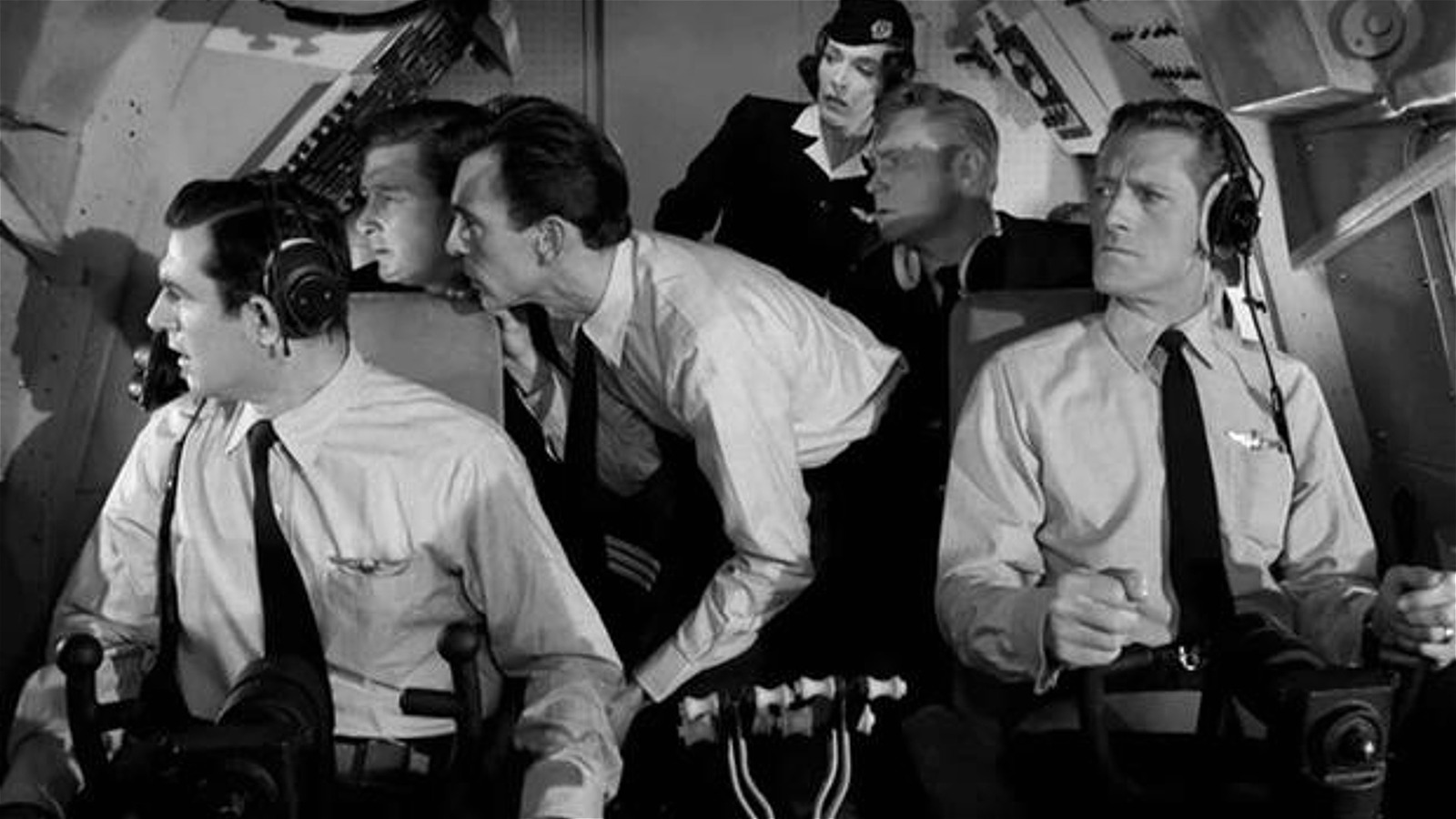Weeks after this encounter, Rod called his brother to ask for advice regarding “cockpit dialogue,” as he wanted it to sound as authentic as possible. In turn, Robert offered that he could look into radio checkpoints to get a better understanding of terms like “groundspeed” and “true airspeed,” so that the dialogue went hand in hand with the time-space glitch that occurs. After some digging, the brothers worked on said dialogue together while acting out the roles to make the story feel as seamless as possible. The experience was also enriched with feedback from professional pilots:
“Somewhere, he’s [Rod] got letters from some pilots who said it was the most technically accurate piece that anybody had ever done on an airplane flight. It was. The checkpoints were perfect; the dialogue was just what a crew would say.”
With technical accuracy out of the way, Rod was able to craft a gripping tale that was grounded with subtle performances, backed by smartly edited aerial stock footage of the 1939 New York World’s Fair, which was used to denote the crew’s unsuccessful attempt to travel back to the present. A lot of effort also went into creating two bird’s-eye shots of a Brontosaurus, which was made possible with the help of miniature landscapes and a scaled model of the dinosaur brought to life with stop-motion animation.
Thanks to Robert Serling, “The Odyssey of Flight 33” still feels viscerally haunting, especially in the way it authentically captures the “cockpit dialogue” that helps lend authenticity to a conventional time travel trope that was often used to convey the surreal nature of being stranded in the wrong timeline. Whether Flight 33 made it back to the present still remains a mystery: the aircraft could suddenly reappear in the sky or be forever lost in the Twilight Zone.
